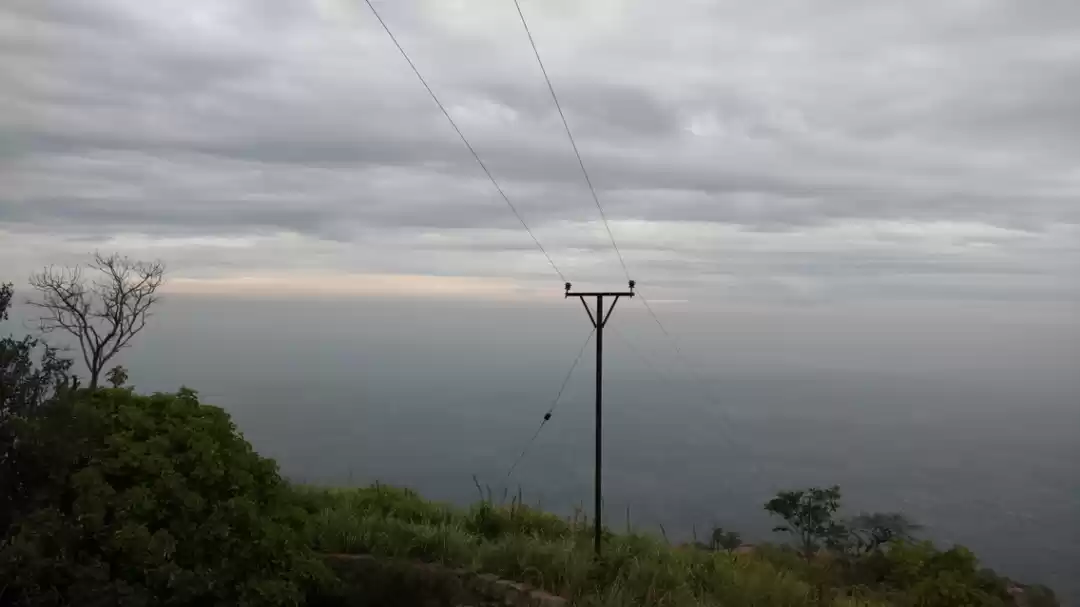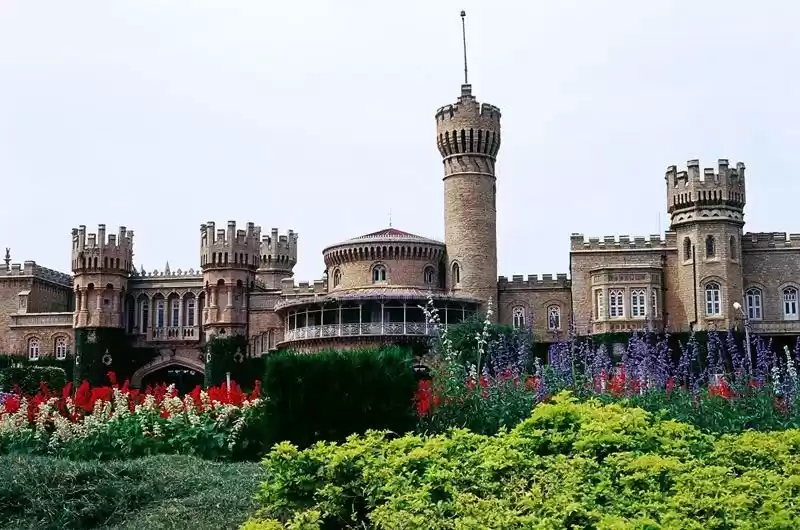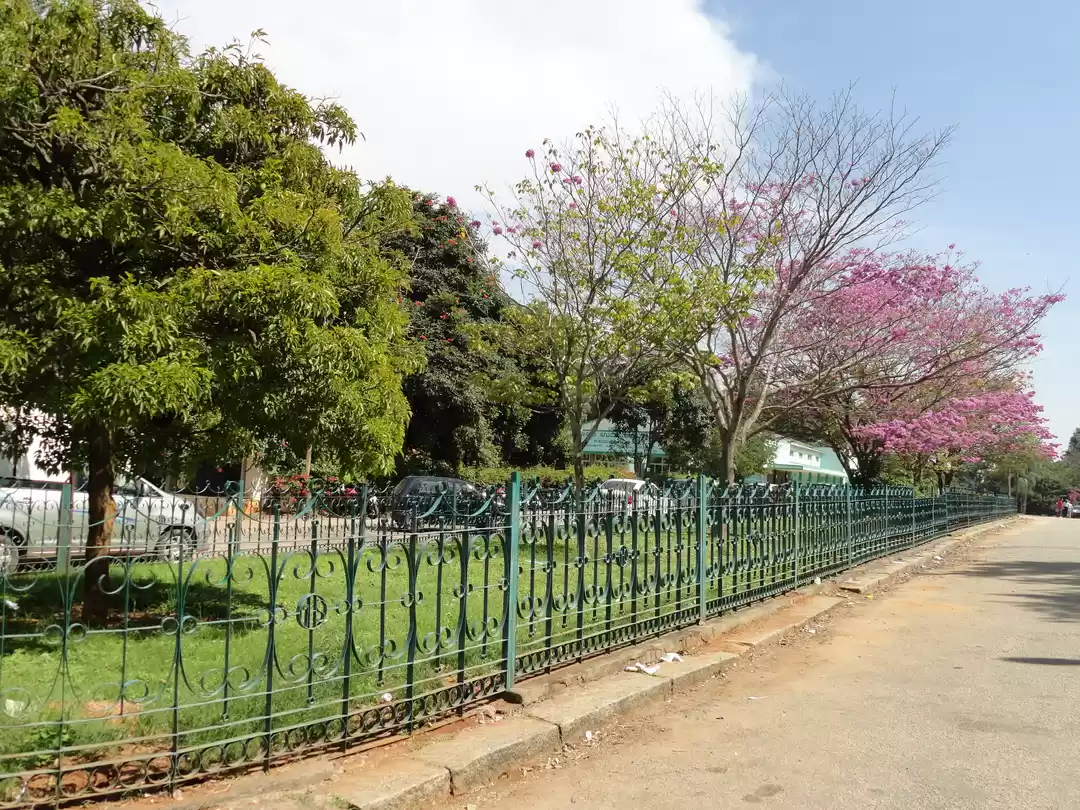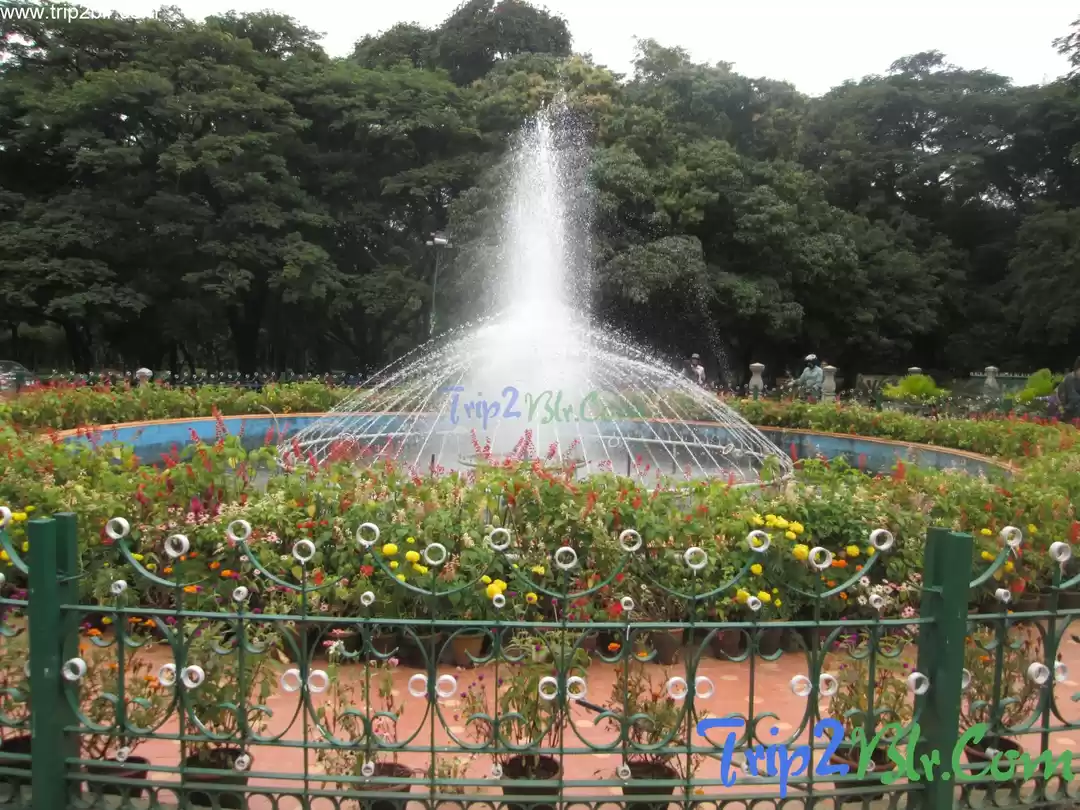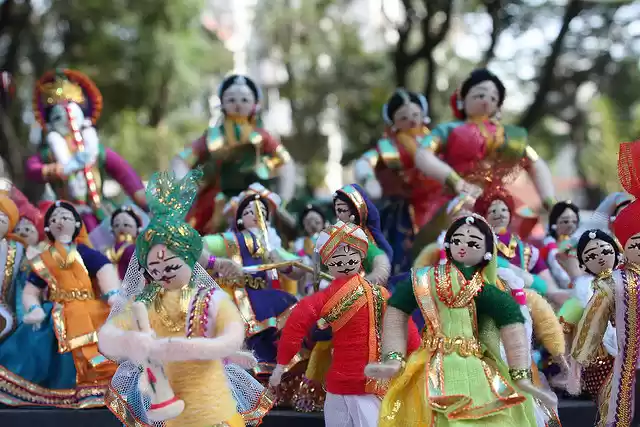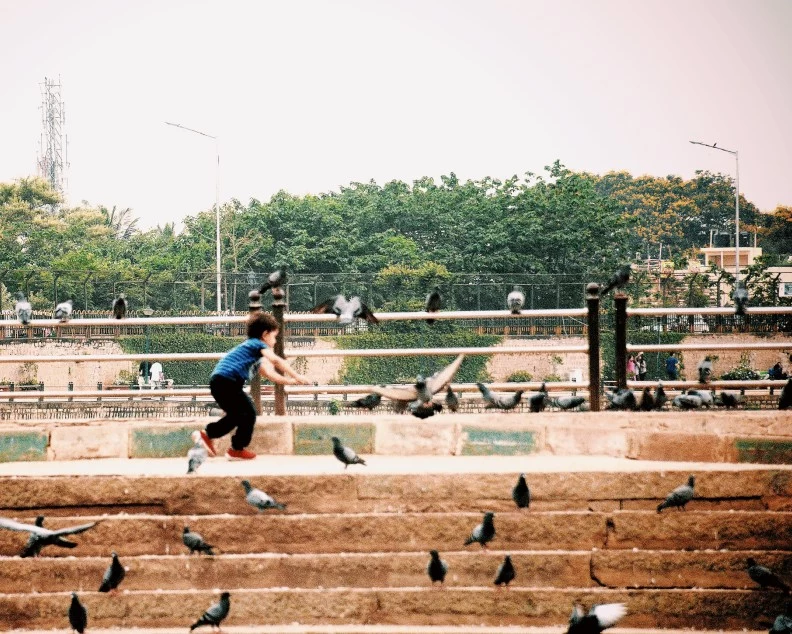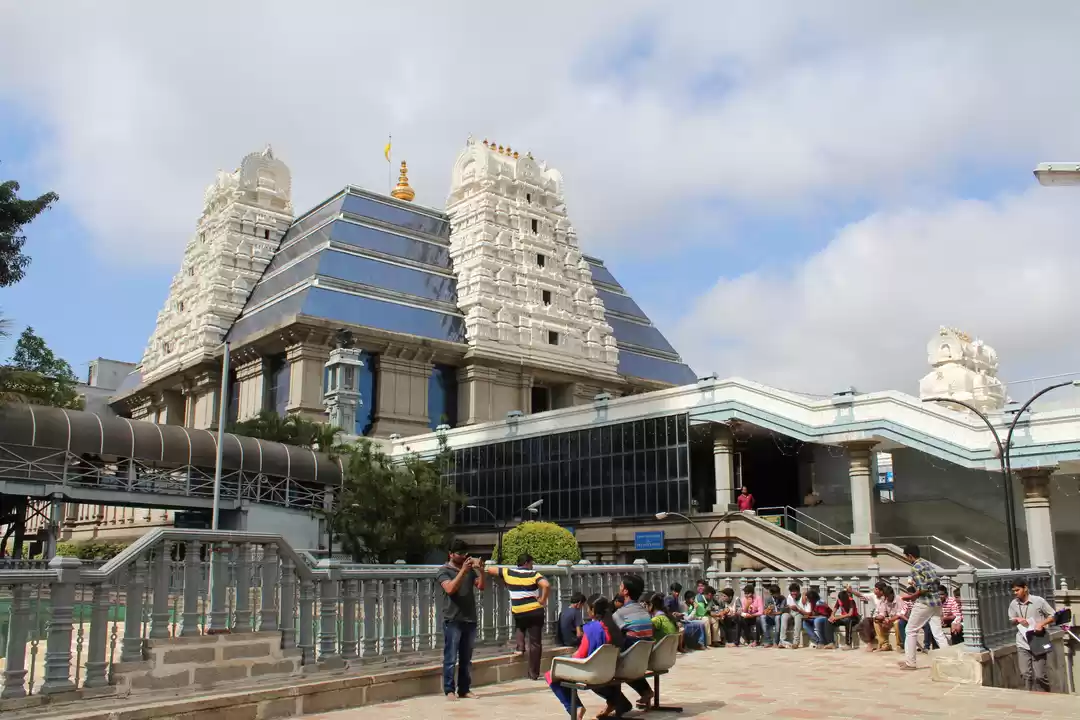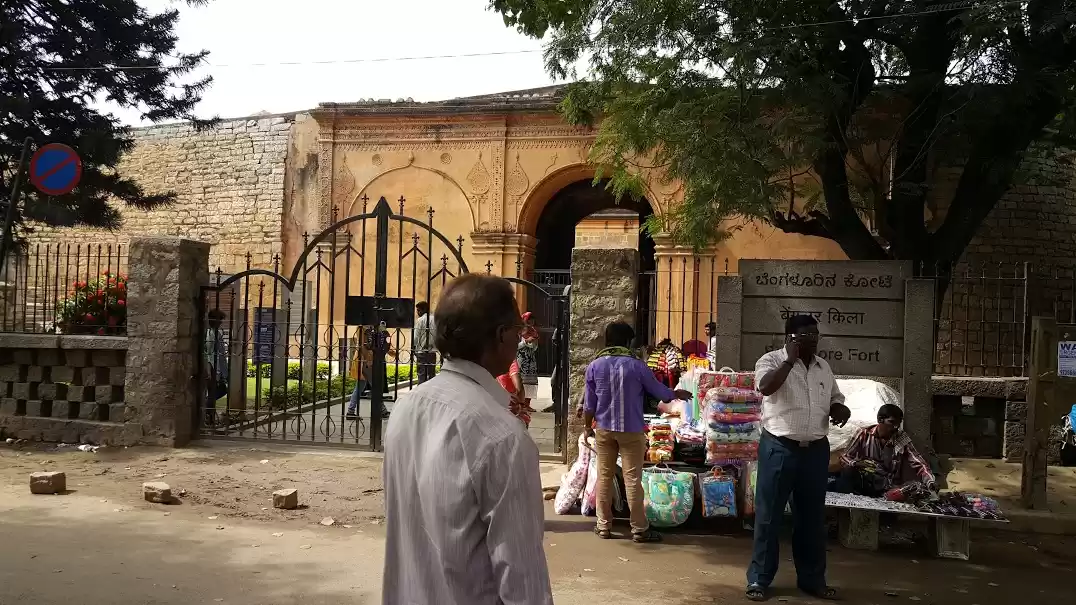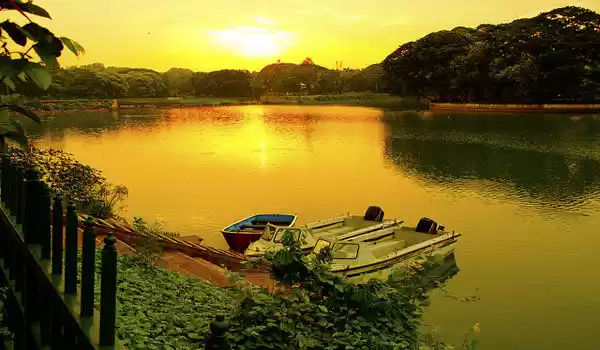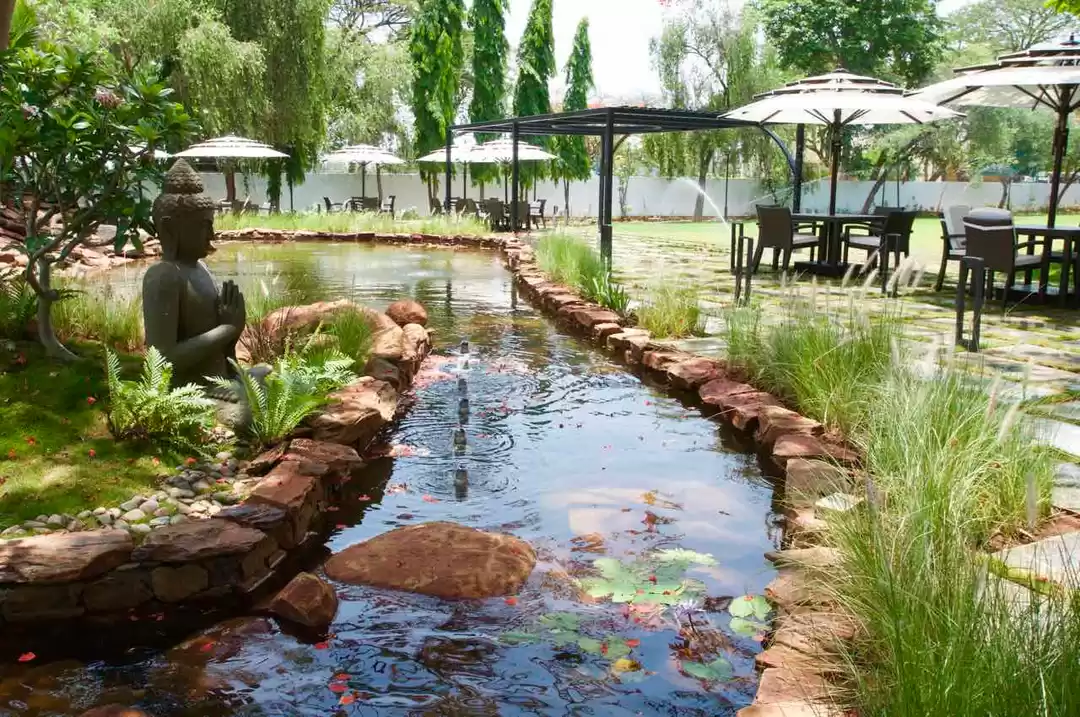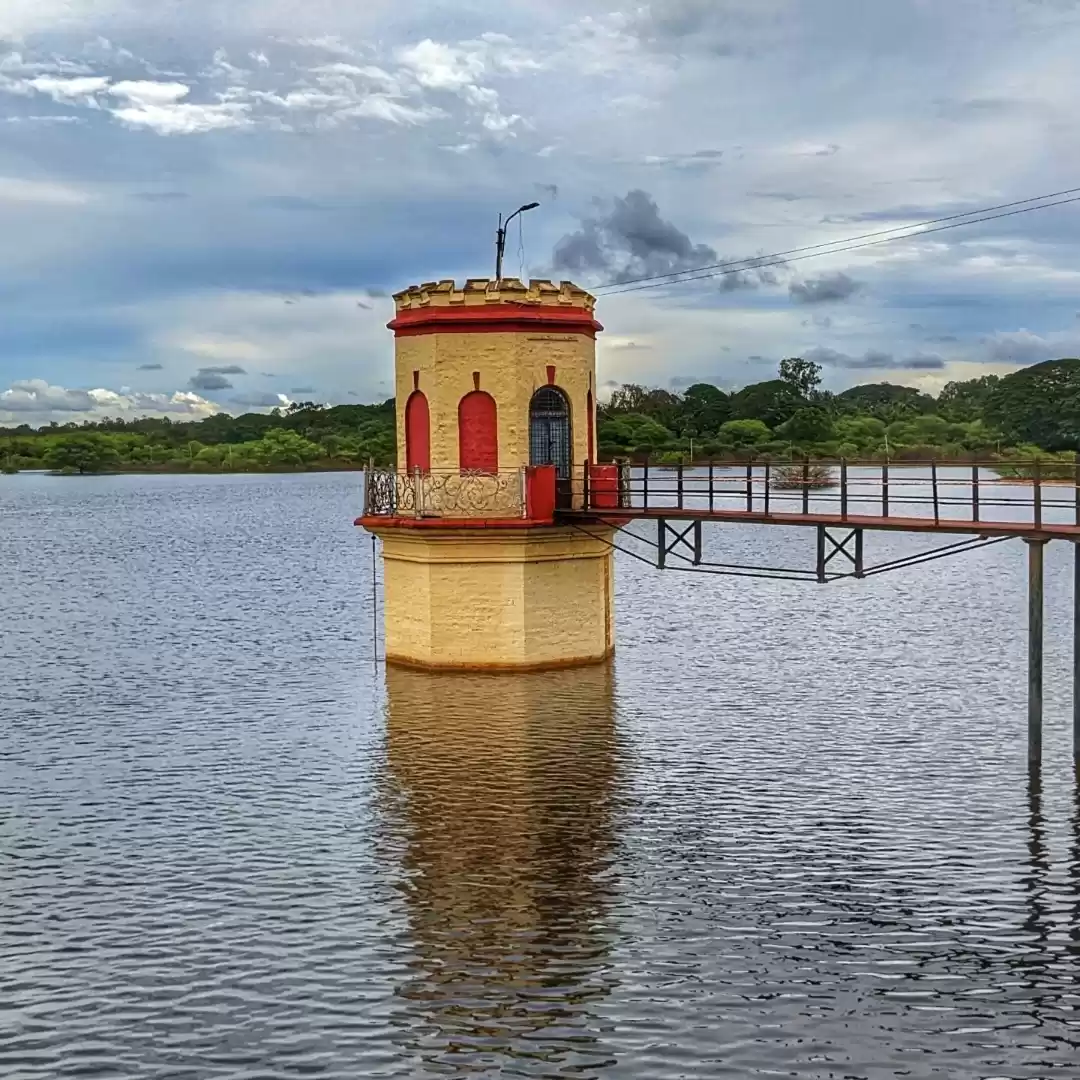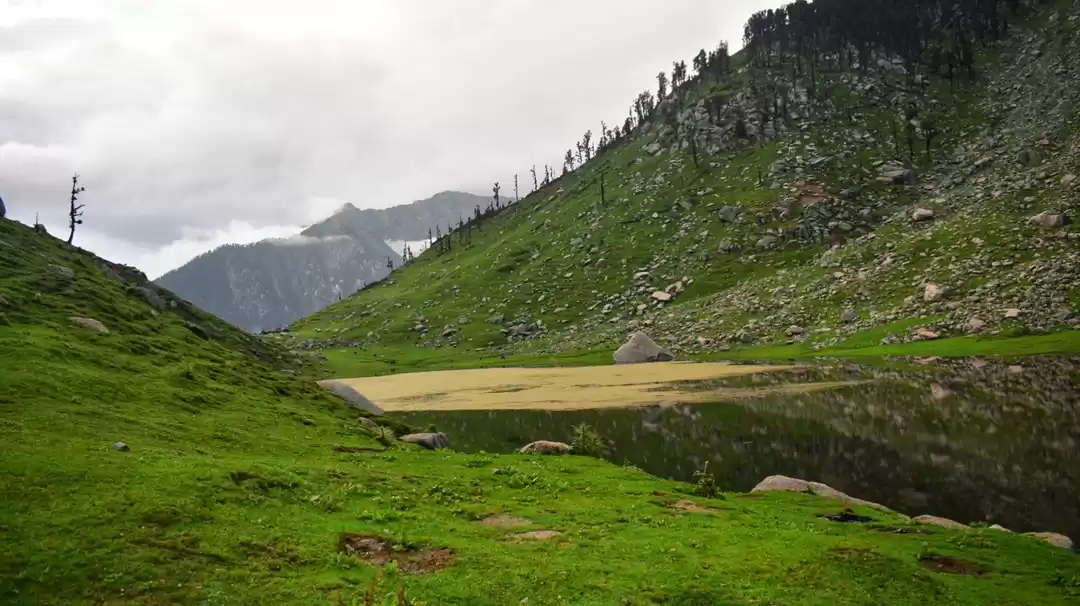Have you ever wondered what lies beneath the serene waters of Ulsoor Lake, one of the oldest and most beautiful lakes in Bangalore? Do you want to discover its history, features, activities, attractions, and legends that make it a must-visit destination for anyone who loves nature, culture, or adventure? If yes, then you are in the right place. In this article, we will explore everything you need to know about Ulsoor Lake and help you plan your visit to this amazing destination.
Ulsoor Lake, also known as Halasuru Lake, is a man-made lake located in the heart of Bangalore. It covers an area of 123.6 acres and has a maximum depth of 18 feet. It has several islands that are home to various birds and plants. It was built by Kempe Gowda II, the founder of Bangalore, in 1648 and named after the nearby village of Halsur or Alasur. It was later renovated by Sir Lewin Bentham Bowring, the commissioner of Bangalore, in 1862 and renamed as Ulsoor after the anglicized version of Halsur. It is now maintained by the Karnataka State Pollution Control Board and is one of the most popular tourist attractions in Bangalore.
History of Ulsoor Lake
Ulsoor Lake has a rich history that dates back to the 17th century. It was built by Kempe Gowda II as a part of his plan to create several water sources for Bangalore. He named it Halsur or Alasur after the nearby village. He also built a temple dedicated to Lord Someshwara, an incarnation of Lord Shiva, near the lake. The temple is one of the oldest and most revered temples in Bangalore and has a Dravidian style of architecture.
In 1862, Sir Lewin Bentham Bowring took charge of Bangalore and decided to beautify the lake by adding a promenade, a bandstand, and a garden. He also renamed it Ulsoor after the anglicized version of Halsur. He also built a church dedicated to St. Mary near the lake. The church is one of the oldest and most beautiful churches in Bangalore and has a Gothic style of architecture.
In 1970, the Karnataka State Pollution Control Board started monitoring and controlling the water quality of the lake to prevent it from becoming a dumping ground for sewage and industrial waste. They also installed aerators and fountains to improve the oxygen level and aesthetic appeal of the lake.
Features of Ulsoor Lake
Ulsoor Lake has an irregular shape that resembles a map of India. It has an average depth of 6 feet and a maximum depth of 18 feet. It has seven islands that are connected by bridges. The largest island has a boating club that offers pedal boats and row boats for rent. The second largest island has a musical fountain that plays colorful lights and sounds every evening. The third largest island has a jogging track that circles around it. The other islands have various trees and plants that attract birds and butterflies.
Ulsoor Lake is also home to several species of fish, such as rohu, catla, mrigal, common carp, etc. However, these fish are not edible as they have seven holes in their bodies due to a legend associated with the lake. According to the legend, there was once a sage named Mandava Rishi who lived near the lake and performed penance to please Lord Shiva.

One day, he left his ashram to collect some flowers for his worship and asked his disciples to guard it. However, his disciples were tempted by some beautiful women who came to bathe in the lake and left their duty. When the sage returned, he saw his ashram deserted and his disciples enjoying with the women. He became furious and cursed them all to become insects and live in the water forever. He also cursed the lake to become dry and barren.
Also read: Ulsoor Lake ~ A quiet corner away from the Hustle and Bustle of Bangalore
The women pleaded for mercy and asked him to revoke his curse. The sage said that only Lord Shiva could undo his curse and advised them to pray to him. The women followed his advice and prayed to Lord Shiva with devotion. Lord Shiva was pleased with their prayers and appeared before them. He told them that he could not reverse the sage’s curse completely but he could modify it.
He said that he would fill the lake with water again but it would have seven outlets that would drain it periodically. He also said that he would make the insects into fish but they would have seven holes in their bodies that would make them unfit for consumption. He also said that he would name the lake after him as Halsur or Alasur which means “the abode of Shiva”. He also said that he would bless the lake with his presence and make it a sacred place for his devotees.
Activities at Ulsoor Lake
Ulsoor Lake offers a variety of activities for visitors of all ages and interests. You can go boating on the lake and enjoy the scenic views of the islands and the city skyline. You can walk along the promenade or jog around the track and get some fresh air and exercise.
You can watch different kinds of birds and butterflies on the islands and learn more about their names and habits. You can take photos or videos of the lake and its surroundings and capture some memorable moments.
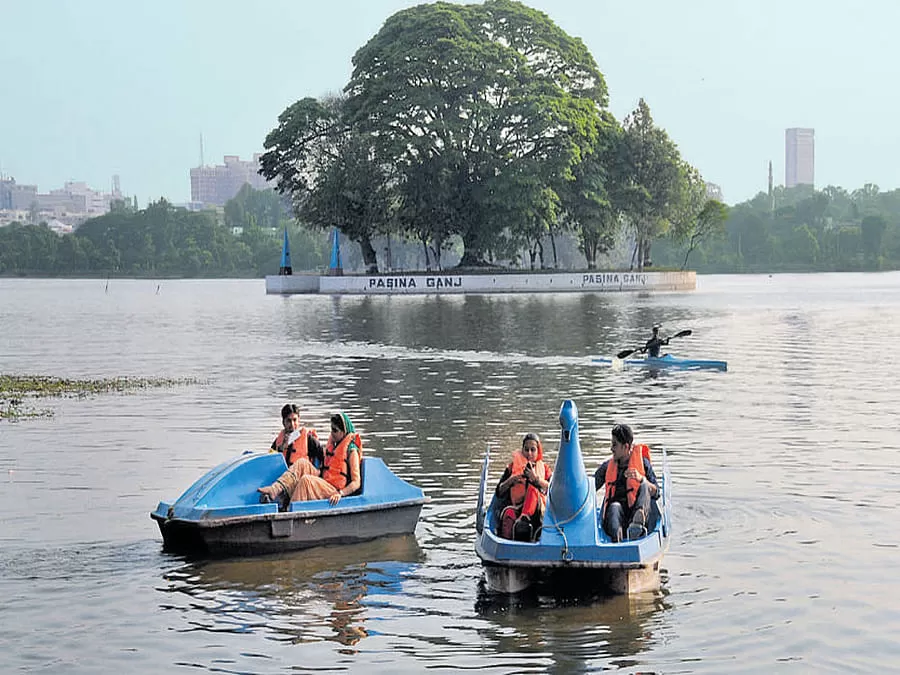
The best time to visit the lake is in the morning or evening when it is less crowded and more pleasant. The entry fee for the lake is Rs. 10 per person and Rs. 30 per camera. The boating fee is Rs. 50 per person for 30 minutes.
You should wear comfortable clothes and shoes and carry water bottles and snacks with you. You should also follow the rules and regulations of the lake authorities and respect the environment.
Attractions near Ulsoor Lake
Ulsoor Lake is surrounded by many other attractions that you can visit after enjoying the lake. Some of them are:

Someshwara Temple:
This is one of the oldest and most revered temples in Bangalore. It is located near the lake and dedicated to Lord Someshwara, an incarnation of Lord Shiva. It was built by Kempe Gowda II in the 16th century and has a Dravidian style of architecture. It has a tall gopuram (tower) and a pillared hall that display intricate carvings and sculptures. It also has a large tank that is filled with water from the lake.

St. Mary’s Basilica:
This is one of the oldest and most beautiful churches in Bangalore. It is located near the lake and dedicated to Mother Mary. It was built by French missionaries in the 19th century and has a Gothic style of architecture. It has a high spire and stained glass windows that create a stunning effect. It also has a statue of Mother Mary that is believed to have miraculous powers.

Cubbon Park:
This is one of the largest and most popular parks in Bangalore. It is located near the lake and covers an area of 300 acres. It was established by Sir Mark Cubbon, the chief commissioner of Mysore, in the 19th century and named after him. It has a variety of trees, plants, flowers, and lawns that create a green oasis in the city. It also has several attractions, such as a library, a museum, an aquarium, a toy train, and a statue of Queen Victoria.

Bangalore Palace:
This is one of the most majestic and elegant palaces in India. It is located near the lake and covers an area of 454 acres. It was built by King Chamaraja Wodeyar, the ruler of Mysore, in the 19th century and inspired by the Windsor Castle in England. It has a Tudor style of architecture and features turrets, battlements, arches, and columns. It also has a collection of paintings, furniture, weapons, and artifacts that showcase the royal heritage.
You may like check out: 7 Places in Bangalore that stay with you beyond Instagram
We hope you enjoyed reading this article and learned something new about Ulsoor Lake and Bangalore. If you have any questions, suggestions, or experiences to share, please leave a comment below. We would love to hear from you.
Ulsoor Lake is one of the oldest and most beautiful lakes in Bangalore. It has a rich history, diverse features, exciting activities, nearby attractions, and an intriguing legend that make it a must-visit destination for anyone who loves nature, culture, or adventure.















